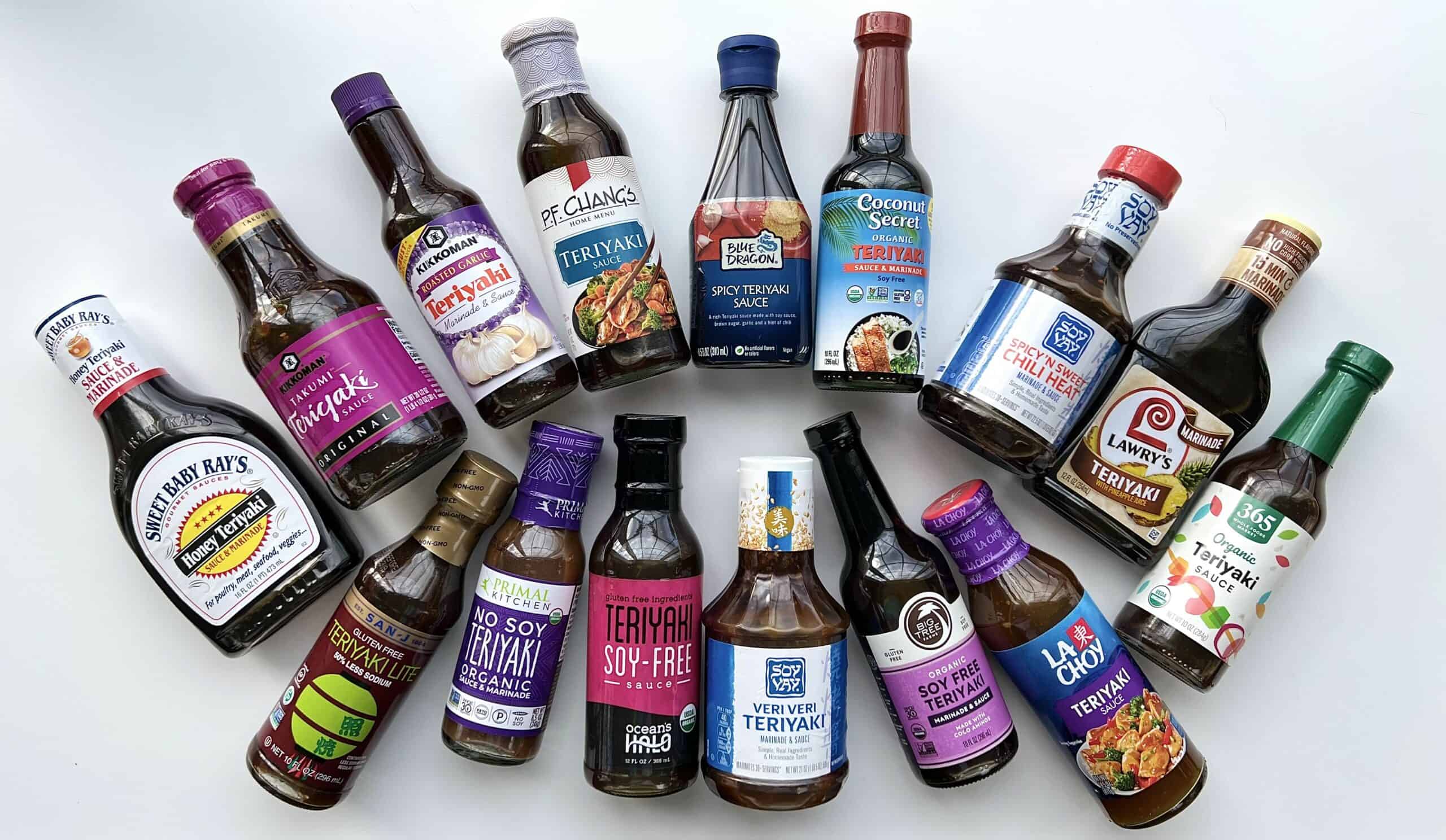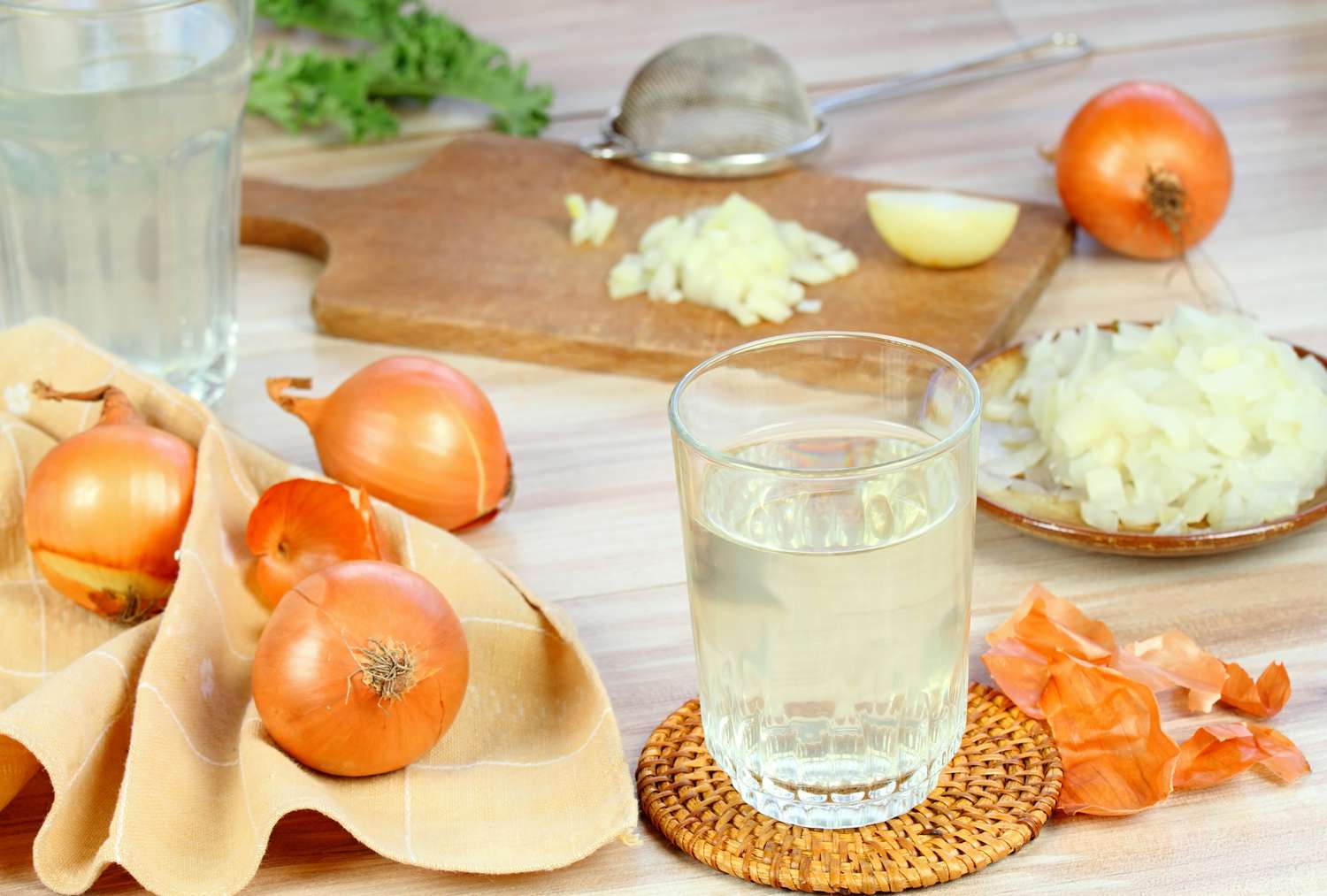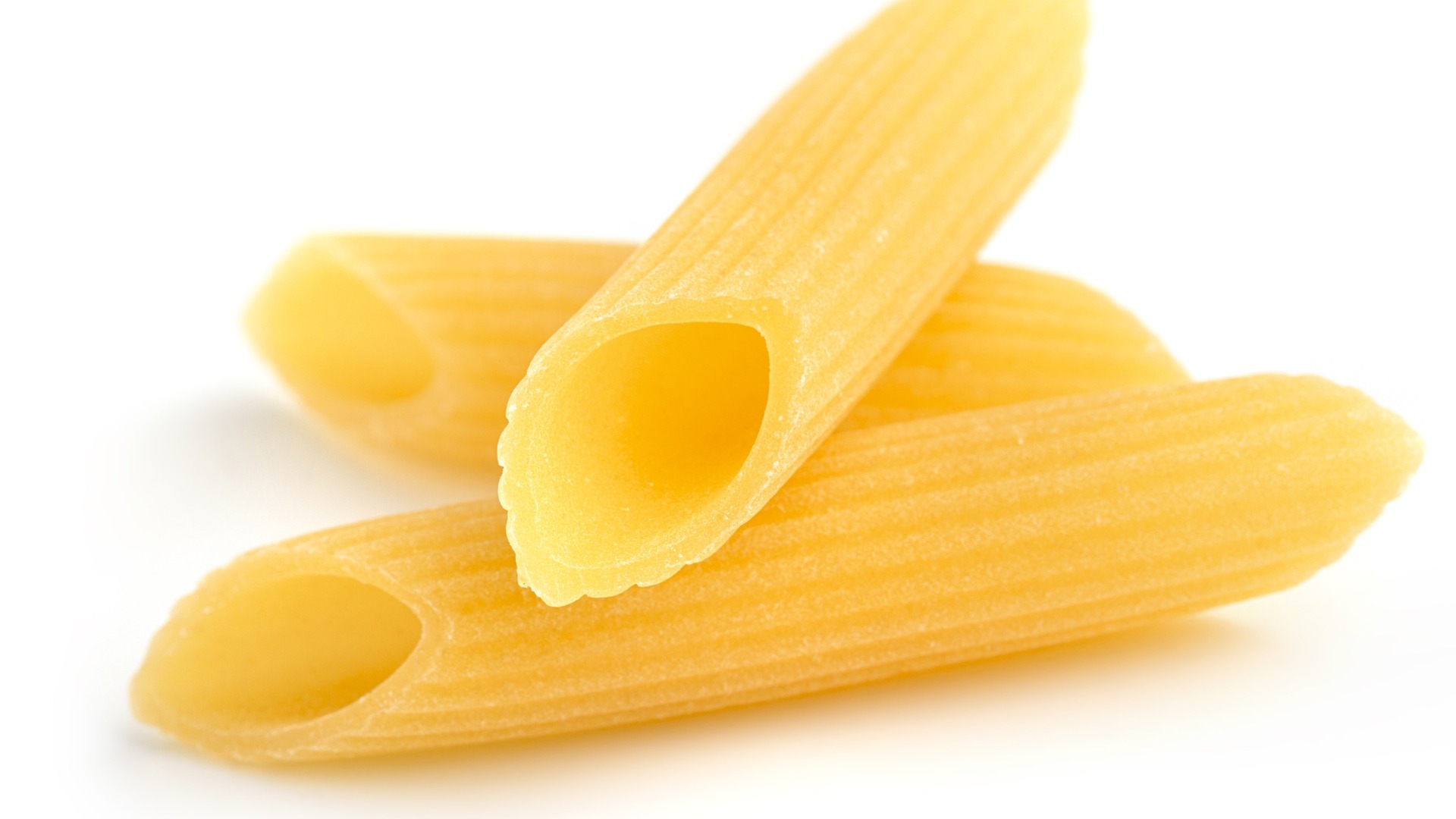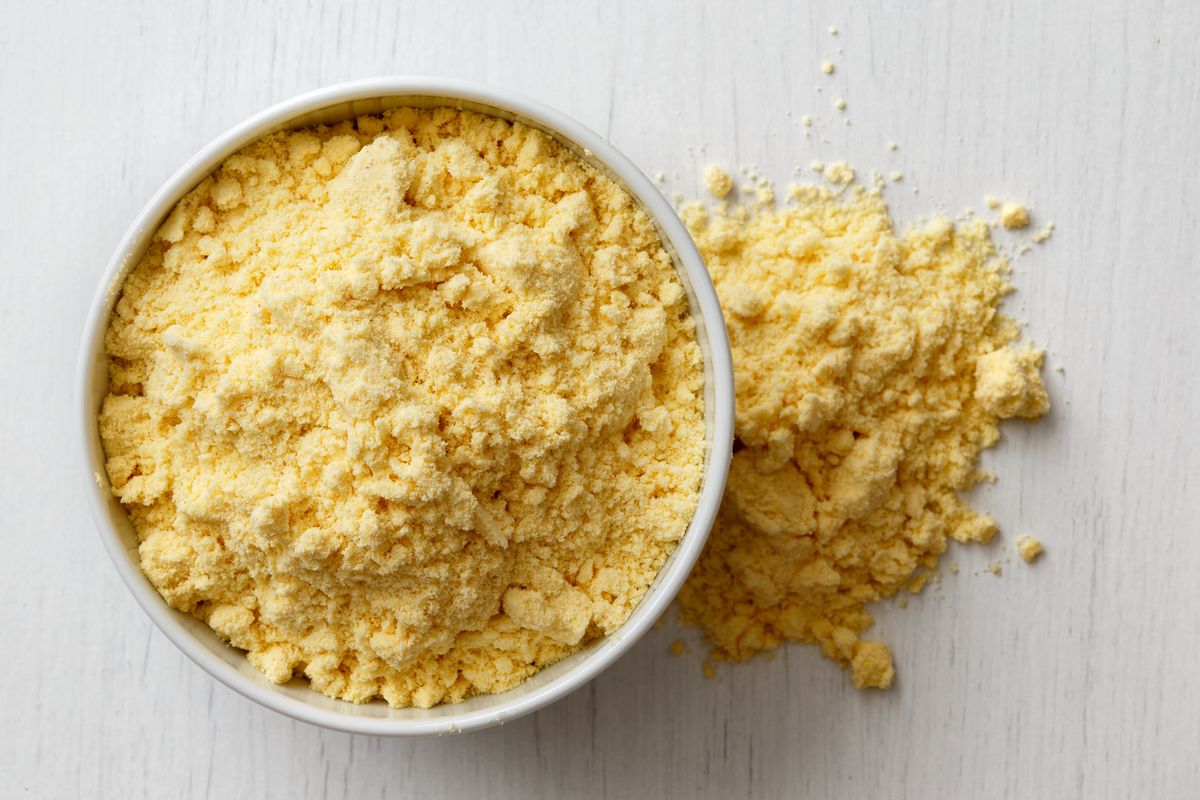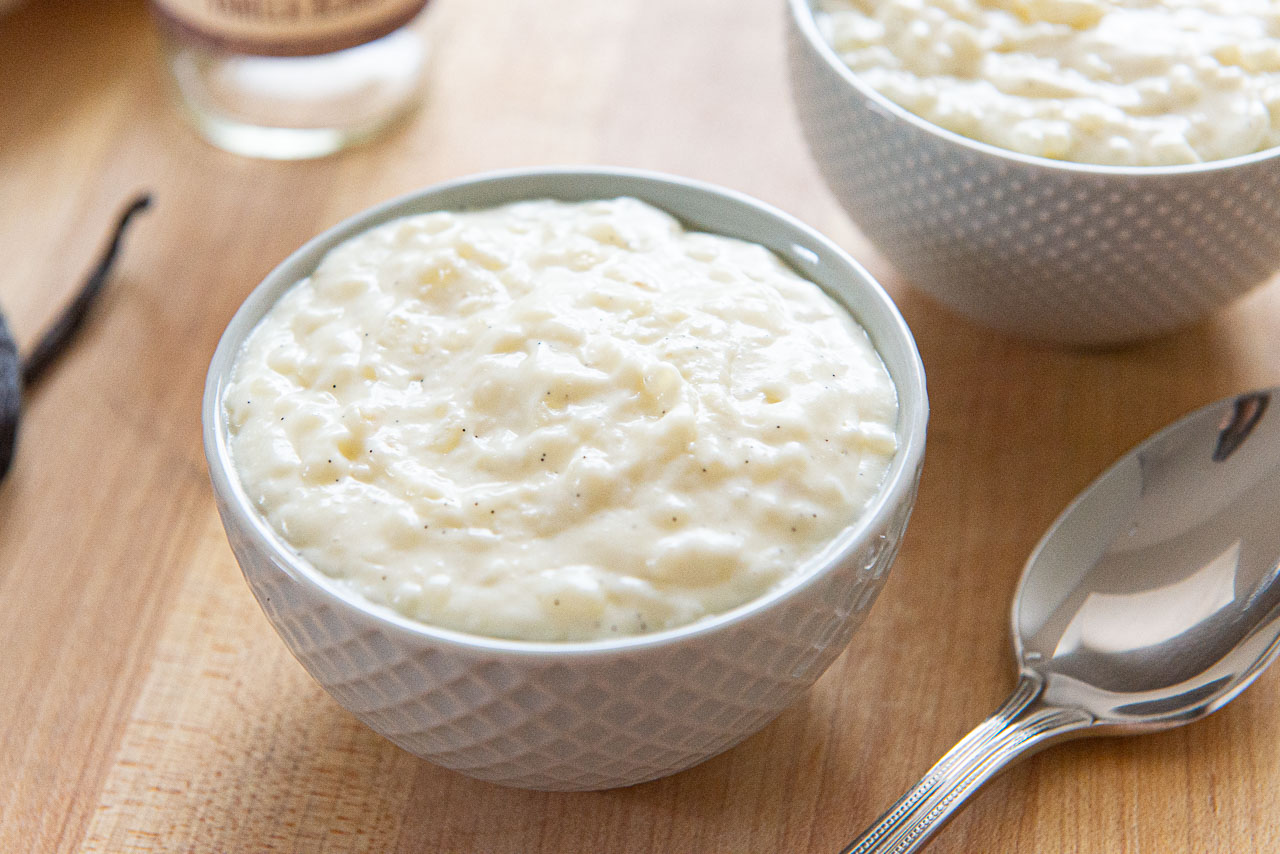Unraveling the Mystery of Nectarines: A Delicious Crossbreed
Have you ever bitten into a juicy, sweet nectarine and wondered about its origins? Nectarines are a delightful summer fruit that often leaves people curious about their lineage. Are they a cross between two different fruits? Let’s delve into the fascinating world of nectarines and uncover the truth about their origins.
What Exactly Is a Nectarine?
A nectarine is a type of fruit that belongs to the same species as peaches. In fact, nectarines and peaches are closely related and share many similarities. Both fruits belong to the genus Prunus and are part of the stone fruit family, which also includes plums, cherries, and apricots.
The Genetic Makeup of Nectarines
Unlike what many people believe, nectarines are not a cross between peaches and plums. Instead, they are a result of a genetic mutation of peaches. This mutation causes the nectarine to have a smooth skin, unlike the fuzzy skin of a peach. This genetic variation is responsible for the distinct appearance and texture of nectarines.
How Are Nectarines Cultivated?
Nectarines are typically grown on trees and thrive in warm, sunny climates. They require well-drained soil and plenty of sunlight to flourish. The cultivation of nectarines involves careful pruning, watering, and pest control to ensure a bountiful harvest of delicious, ripe fruit.
The Flavor and Nutritional Benefits of Nectarines
Nectarines are renowned for their sweet, succulent flavor and are a rich source of essential nutrients. They are packed with vitamins A and C, as well as dietary fiber and antioxidants. These nutrients contribute to overall health and well-being, making nectarines a delightful and nutritious addition to any diet.
Ways to Enjoy Nectarines
There are countless ways to savor the delectable taste of nectarines. Whether enjoyed fresh as a snack, sliced into salads, or blended into smoothies, nectarines add a burst of flavor to any dish. They can also be grilled, baked into desserts, or preserved as jams and chutneys, showcasing their versatility in the culinary world.
Conclusion
So, what is a nectarine a cross between? While nectarines are not a crossbreed of different fruits, they are a delightful variation of peaches, distinguished by their smooth skin and luscious flavor. Whether enjoyed on their own or incorporated into a variety of dishes, nectarines continue to captivate our taste buds with their irresistible sweetness and nutritional benefits.
Next time you bite into a juicy nectarine, savor the unique qualities of this delectable fruit and appreciate the natural wonder that is the nectarine.
Was this page helpful?
Read Next: What Is Mexican Roll Sushi
